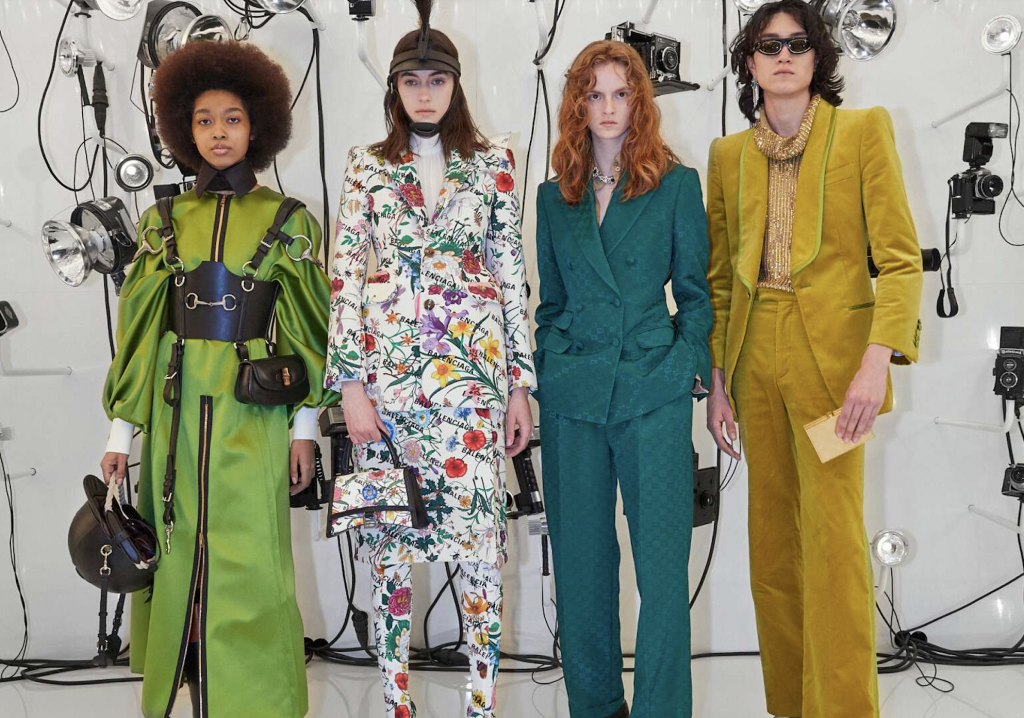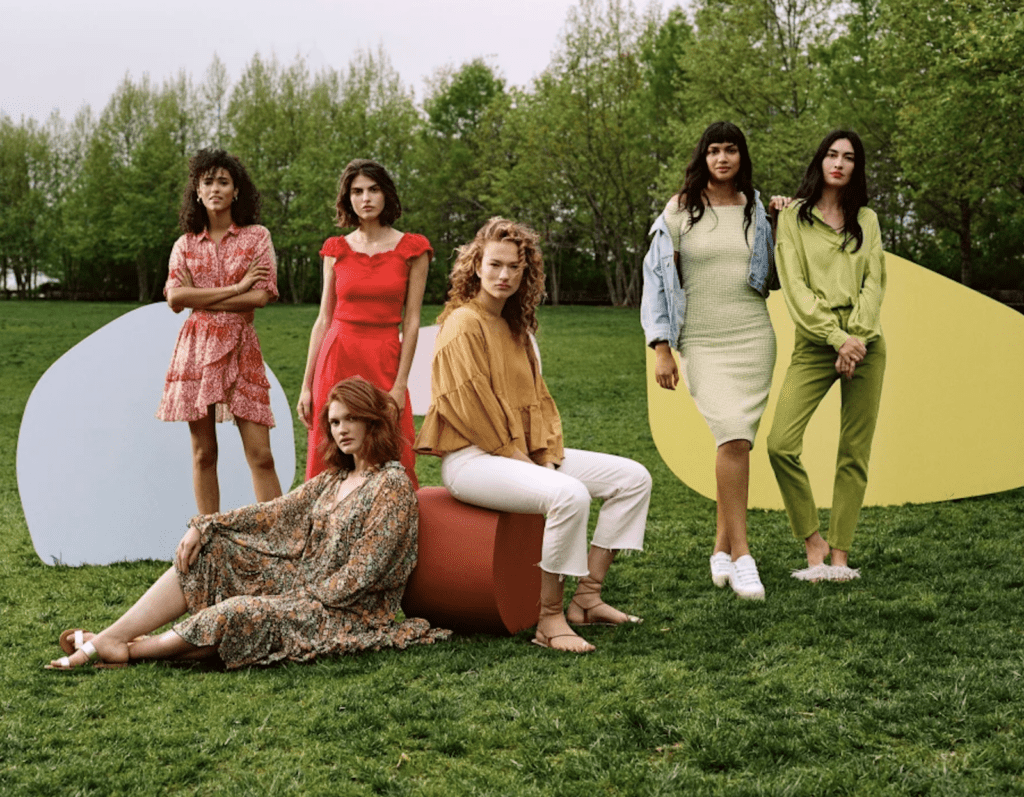Kering reported “a strong topline performance” for the first three months of 2021, enabling the luxury goods group to “bounce back above pre-pandemic levels.” Generating sales of 3.73 billion euros ($4.49 billion) for the first quarter of the year, up 25.8 percent on a year-over-year basis, Kering revealed that “revenue rose sharply” in Q1, with increases in sales “largely driven by outstanding momentum in Asia-Pacific (up 83 percent) and North America (up 46 percent),” and online, where sales were up by 108 percent for the quarter, boosting the penetration of e-commerce to 14 percent of total retail sales.
Speaking specifically to the results of its individual brands, Kering highlighted Gucci in the Q1 report, stating that it is “particularly pleased” with the Italian brand’s “momentum.” Gucci posted quarterly revenue of 2.17 million euros ($2.62 million) – up 24.6 percent on a comparable basis – beating analysts’ expectations of a 19 percent increase, per Reuters. Sales came largely thanks to “particularly strong appeal” of the brand in the Asia-Pacific region, where sales increased by 78 percent, and North America (up 51 percent). Kering also noted that wholesale figures for the quarter were down 26.1 percent compared to Q1 in 2020, which is “in line with Gucci’s strategy of gradually enhancing the exclusivity of its distribution network.” (Berstein noted in its highlights from Kering’s Q1 conference call that the group “is working on tightening the control over their distribution with wholesale up 9 percent in Q1 vs. retail up 32 percent for the Luxury Houses.”)
For Yves Saint Laurent, which had “a strong start to the year,” revenue amounted to 516.7 million euros ($621.4 million) up 23.4 percent on a comparable basis. “Comparable sales from the [brand’s] directly operated network rose 30.7 percent,” according to Kering, “with double-digit growth across all product categories.” Meanwhile, the group revealed that Saint Laurent’s sales picked up in North America (up 46 percent) and Asia-Pacific (up 89 percent), “where the house continues to build its presence and image.”
Finally, Kering cited figures for Bottega Veneta, which posted revenue of 328.2 million euros ($394.6 million), “a first-quarter record,” Kering states, up 24.6 percent on a comparable basis. “Comparable sales from the directly operated network grew 23.7 percent against a very high first-quarter 2020 comparison base, particularly in North America and Western Europe. All product categories posted double-digit growth in the period.”
As for Balenciaga and Alexander McQueen, which are categorized as Kering’s “other houses” and not broken out individually, the report stated that revenue was 714.3 million euros ($858.7) in the first quarter, up 33.1 percent on a comparable basis. “The quarter’s performances at Alexander McQueen and Balenciaga were outstanding,” Kering asserted. “Growth was particularly robust in their retail networks in North America, as well as in Asia-Pacific, where the two houses continue strengthening their positions.”
With all eyes on Gucci, as usual, given that it accounts for 60 percent of Kering’s revenues and 80 percent of profits, analysts expect the 100-year old brand’s recent tie-up with Balenciaga to help boost sales in coming quarters. “We believe that the recently launched Gucci + Balenciaga collaboration has promise: this is exactly the kind of thing Gucci should do – in our opinion – to reignite young Chinese consumer interest for the brand,” Bernstein’s Luca Solca wrote on Tuesday. Meanwhile, Reuters reported Third Bridge analyst Harry Barnick’s expectation that the collab “is likely to be particularly successful in China,” and therefore, help Gucci gain more momentum following less-than-stellar results early this year and worries that the wildly successful 6-year reign of the brand under the watch of creative director Alessandro Michele might be coming to an end.











